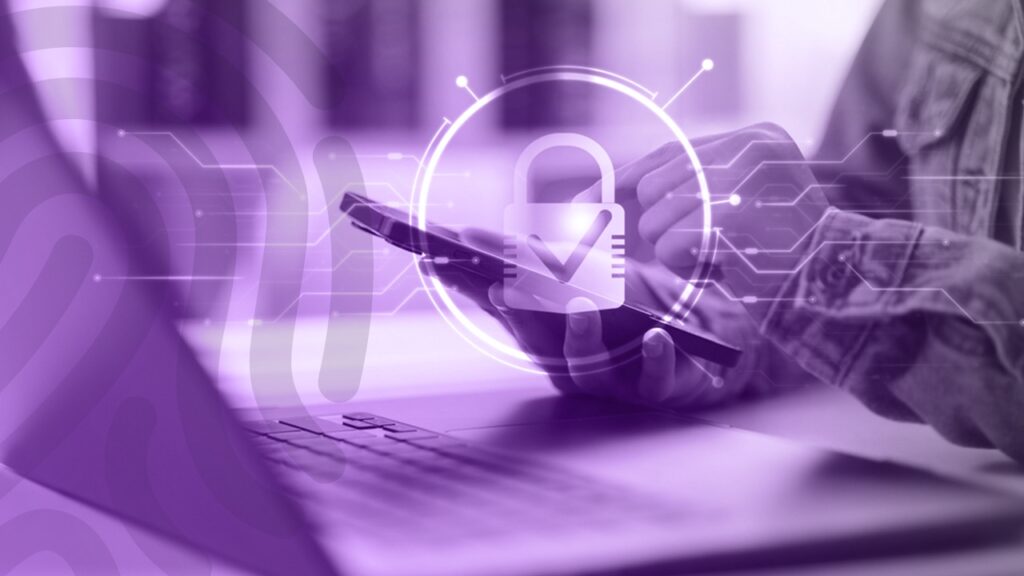Introduction: Biometrics Alone Aren’t Enough Anymore
Biometric security has transformed the way we verify identity in the digital age. From unlocking phones with a glance to verifying financial transactions with a fingerprint, biometric verification is fast becoming the gold standard in fraud prevention.
However, as digital identity systems evolve, so do the methods used to exploit them. Fraudsters now use photos, videos, and even AI-generated deepfakes to trick biometric systems into granting access.
That’s where liveness detection comes in. It’s the advanced security layer that ensures your biometric verification system knows the difference between a real human and a fake attempt, without slowing down the user experience.
What is Liveness Detection?
Liveness detection is the process of determining whether a biometric sample (like a face or fingerprint) is coming from a live person who is physically present, rather than a static image, mask, or deepfake.
It works alongside biometric identity verification systems by performing real-time checks to ensure the sample is not a spoof. The result? Enhanced security, stronger compliance, and reduced fraud risk.
Active vs. Passive Liveness Detection
There are two main types of liveness detection:
Active Liveness Detection
The user must perform actions like blinking, smiling, turning their head, or following on-screen prompts. This method is very secure but can add slight friction to the user experience.
Passive Liveness Detection
Works in the background using AI to analyze subtle facial movements, depth data, and texture without requiring any action from the user. It’s fast, seamless, and user-friendly—ideal for customer onboarding.
Why Liveness Detection Matters
Prevents Spoofing and Deepfake Attacks
Even the most accurate biometric systems are vulnerable without liveness detection. Attackers can present photos, videos, or 3D masks to fool systems that don’t verify if the biometric is live.
Complements Biometric Verification
Biometric systems verify identity, but liveness detection verifies presence. Together, they provide full-spectrum protection ensuring the right person is physically present at the right time.
Supports Compliance with KYC and AML
Financial regulators now expect robust identity checks, especially for remote onboarding. Liveness detection adds a layer of due diligence that meets global compliance standards.
Enables Remote Onboarding
With more businesses serving users across borders, traditional verification is no longer enough. Liveness detection ensures security while offering a smooth digital experience.
How It Works in a Real-World Onboarding Scenario
Let’s say a fintech app is onboarding thousands of users remotely. Users are asked to submit a selfie and a photo of their ID.
Without liveness detection, a fraudster could upload a photo of someone else’s face, taken from a social profile or stolen from a data breach.
With liveness detection integrated into biometric verification, the system instantly detects that the image is not from a live person. The fraud attempt is blocked, and only legitimate users proceed.
The Role of AI in Liveness Detection
Modern biometric identity verification platforms use AI to enhance liveness detection accuracy. These systems:
- Analyze facial depth and texture.
- Detect micro-movements and natural lighting variations.
- Identify inconsistencies that indicate fraud.
- Learn and adapt to new spoofing techniques.
This means your verification system gets smarter over time without compromising speed or user experience.
Industries That Can’t Ignore Liveness Detection
Liveness detection is mission-critical for any industry that handles sensitive data or remote transactions, including:
- Digital Banking & Fintech
- Healthcare and Telemedicine
- Cryptocurrency Exchanges
- Online Lending & Insurance
- Remote Work & Recruitment Platforms
In these sectors, a single breach can cost millions in losses, fines, and lost trust. Liveness detection dramatically lowers that risk.
Conclusion: Strengthen Trust with Smart Biometrics
In a world of increasing digital threats and rising user expectations, strong biometric identity verification is no longer enough on its own. Without liveness detection, even the most sophisticated systems can be fooled.
By integrating this essential security layer, businesses can onboard customers securely, comply with regulations, and build long-term trust without compromising speed or convenience.
FAQs
Yes. Without verifying that a live person is present, systems can be tricked with printed photos or digital forgeries.
Not at all. Passive liveness detection works silently in the background, adding security without any user friction.
Yes. Liveness detection supports KYC, AML, and GDPR compliance by strengthening identity verification processes.









